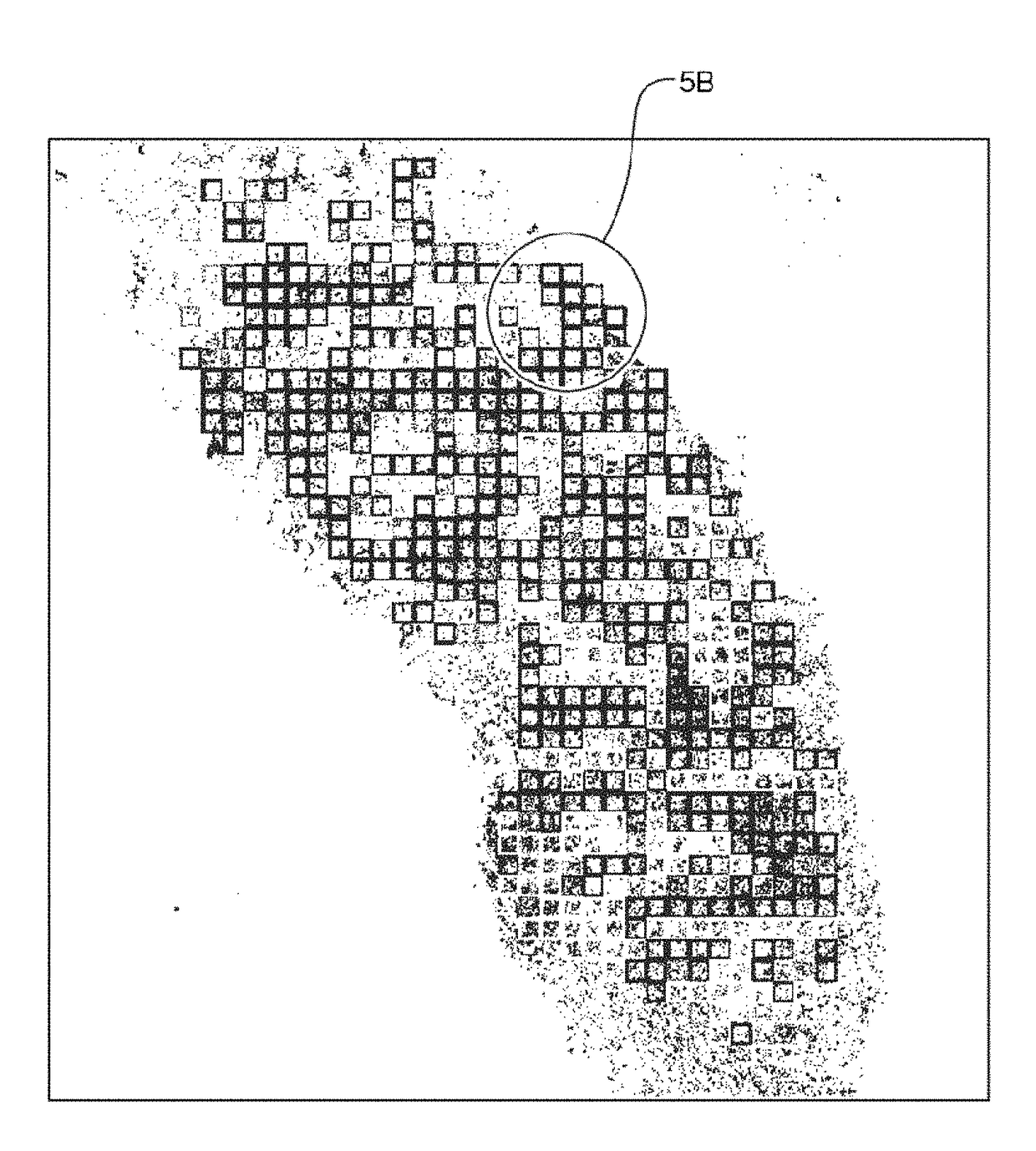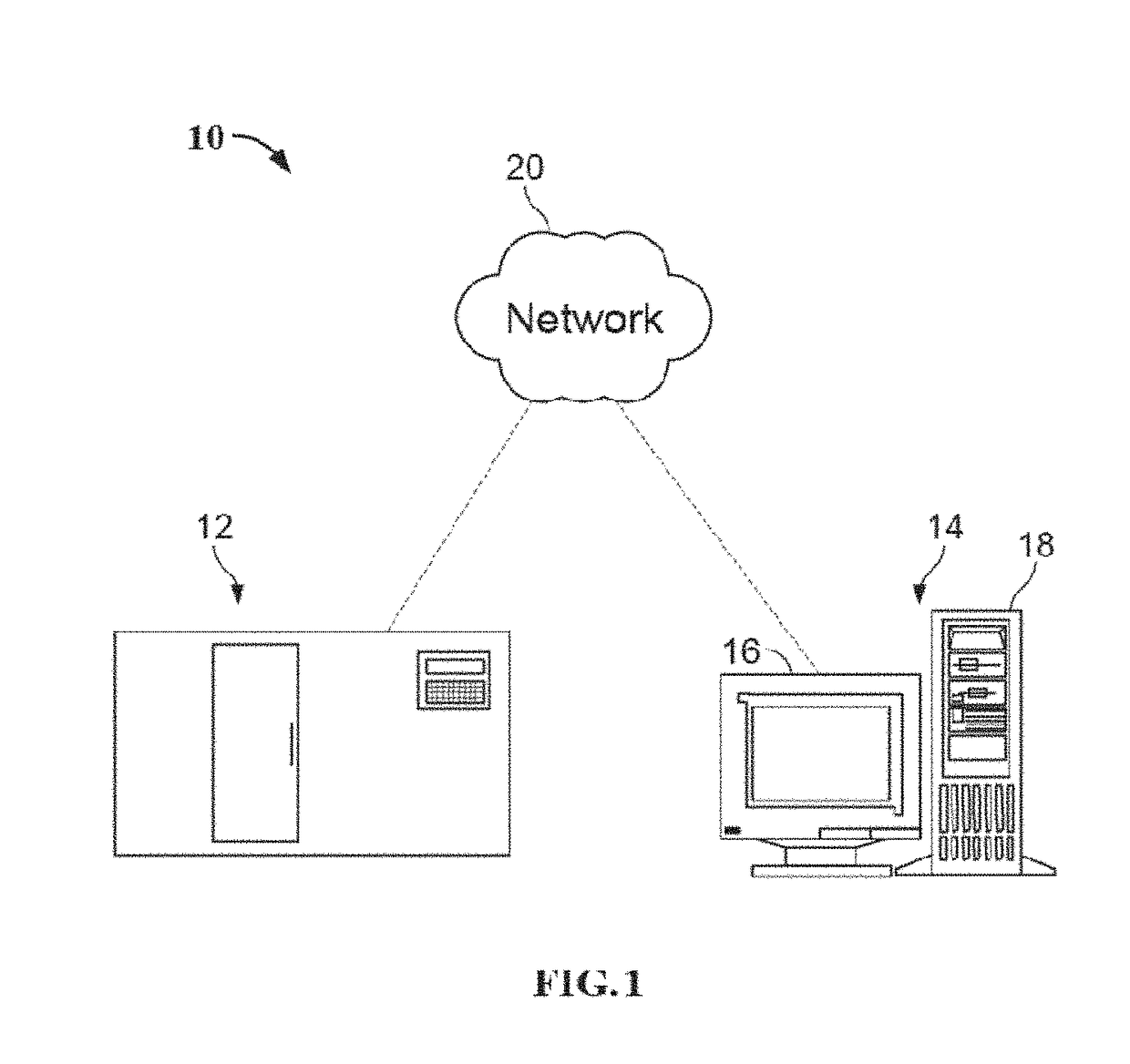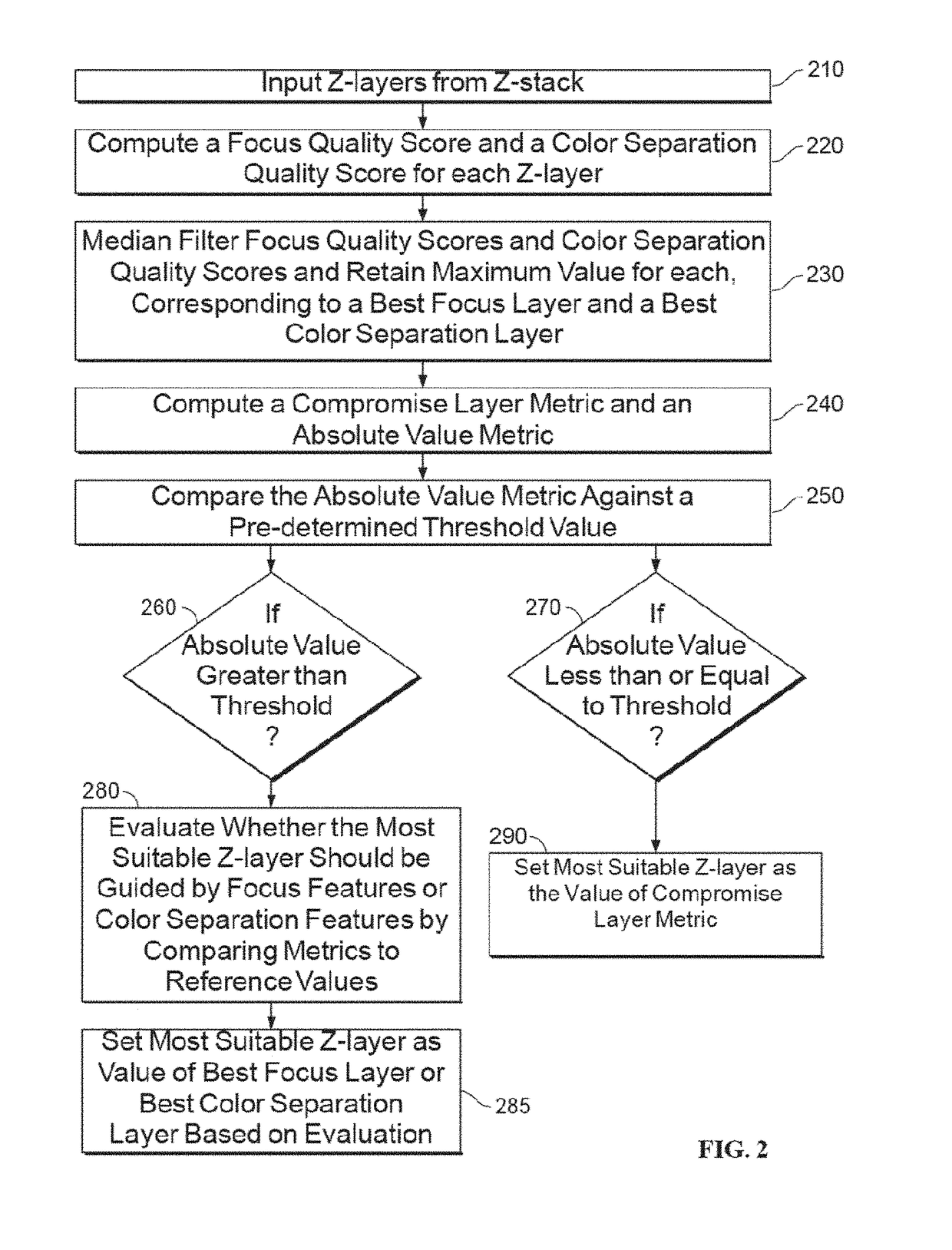Quality metrics for automatic evaluation of dual ish images
a technology of quality metrics and image, applied in image analysis, image enhancement, instruments, etc., can solve the problems of poor clinical outcome, high risk of recurrence, labor-intensive manual interpretation of tissue slides, etc., and achieve the most suitable z-layer accuracy, high discriminability, and high number of cases
- Summary
- Abstract
- Description
- Claims
- Application Information
AI Technical Summary
Benefits of technology
Problems solved by technology
Method used
Image
Examples
example 2
[0289]Description of Experimental Dataset and Correlation Metrics
[0290]For training the algorithm, i.e. to compute the correlation between the ground truth and computed features and to find the features more correlated to the ground truth, volume scans of 10 Dual ISH slides were used that were scanned at 40× using 15 z-layers at 0.25 micron spacing on the Coreo scanner. 76 Fields of View (FOVs) were extracted, resulting in 76*15=1140 images. For testing how well the correlation holds for unseen data, the testing set included volume scans of 12 Dual ISH slides, scanned at 40× using 15 z-layers and 0.25 micron separation; where 45 FOVs were extracted resulting in 45×15=675 images.
[0291]Suppose (a,b) (where derived image being considered=R+a*G+b*B, where (R,G,B) can be original 8-bit pixel values, or they can refer to the corresponding optical density values) are varied in the range [−1,1] in steps of 0.2; so each of a and b can take up 9 possible value and the set (a, b) can have 9×9=...
example 3
[0294]Computation of Correlation score (C) Between a Quality Score Feature Vector (F), and a Ground Truth Score Vector(G). The following steps may be performed for a plurality of quality score feature vectors, whereby a quality score feature vector may be a vector of candidate color separation metrics computed for each of the z-layer images or may be a vector of candidate focus metrics computed for each of the z-layer images. For example, the correlation may be computed by using a plot 902 as depicted in FIG. 9 for a candidate focus feature metrics.
[0295]A plurality of training z-layers in a z-stack of training digital images is read by a processor of the computer system. Each training digital image is an RGB image having assigned a focus score known to accurately indicate the focus quality of the training image. For each of the training digital images, the processor computes a plurality of candidate focus metrics. It is at this stage not yet clear if a candidate focus metric has an...
example 4
[0304]FIG. 10a depicts the representation of 6 dots of a first color and 6 dots of a second color in an optical density domain coordinate system. For example, a set of 6 vectors 918 corresponds to a set of 6 dots generated by black color signals of respective tissue sample areas stained with a black stain such as silver. A set of 6 vectors 936 corresponds to a set of 6 dots generated by red color signals of respective tissue sample areas stained with a red stain, e.g. a red fluorescent stain.
[0305]At first, the optical density (OD) of the rgb values for the 12 identified dots are determined. For example, the 12 dots may all be contained in the same tile.
[0306]Each of the identified first dots (e.g. black dots) and second dots (e.g. red dots) are represented as dot-vectors. The number 918 refers to the set of dot vectors derived from black dots and 936 refers to the set of dot vectors derived from red dots.
[0307]The 12 dot vectors are represented in spherical coordinates and the azim...
PUM
 Login to View More
Login to View More Abstract
Description
Claims
Application Information
 Login to View More
Login to View More - R&D
- Intellectual Property
- Life Sciences
- Materials
- Tech Scout
- Unparalleled Data Quality
- Higher Quality Content
- 60% Fewer Hallucinations
Browse by: Latest US Patents, China's latest patents, Technical Efficacy Thesaurus, Application Domain, Technology Topic, Popular Technical Reports.
© 2025 PatSnap. All rights reserved.Legal|Privacy policy|Modern Slavery Act Transparency Statement|Sitemap|About US| Contact US: help@patsnap.com



